This proposed redrawing of the electoral map is raising eyebrows in southwestern Ontario
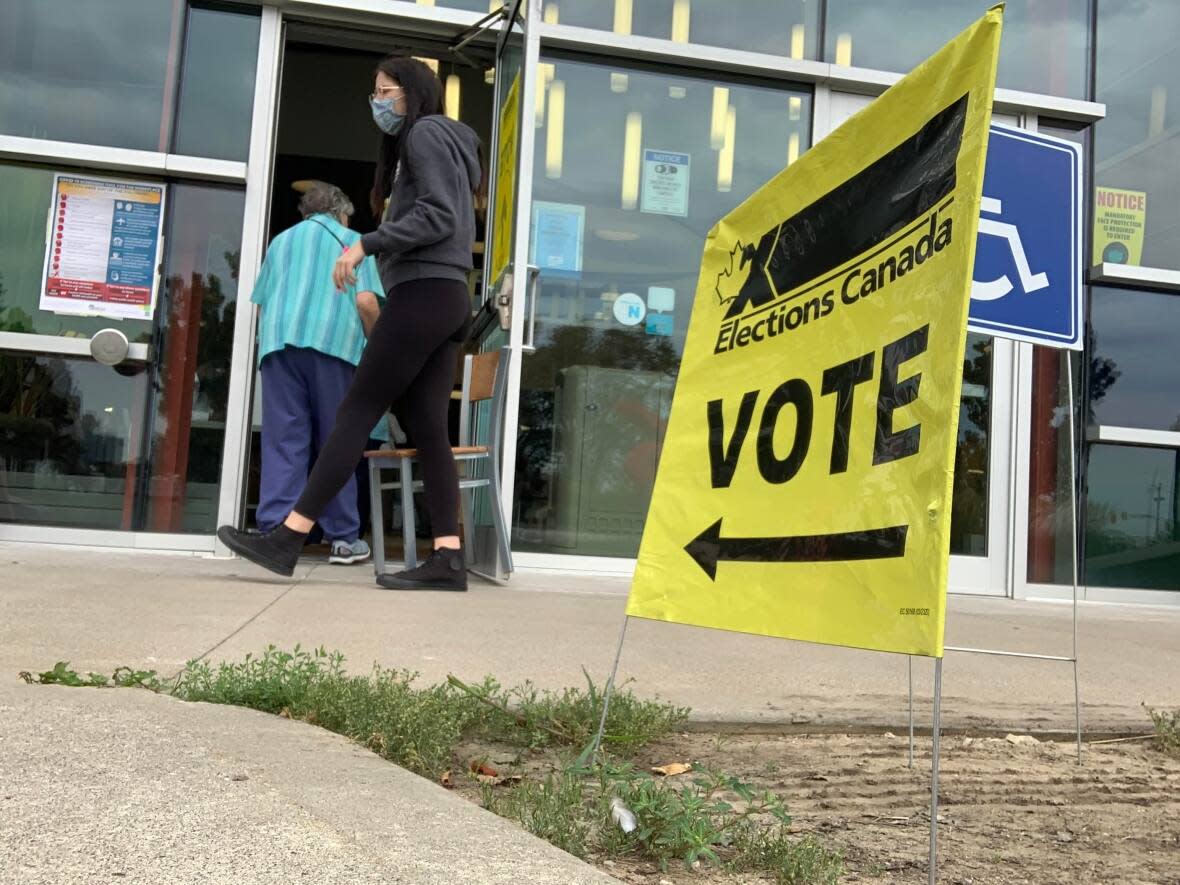
The next time you vote for your federal representative, you could be casting a ballot in a different riding, even if you haven't moved.
That's because every decade, an independent panel called the Federal Electoral Boundaries Commission of Ontario is tasked with redrawing the map to reflect changes in population.
Under a proposal released earlier this month, the boundaries of all six ridings in Windsor-Essex, Chatham-Kent and Sarnia-Lambton would be revised.
The changes, if passed, wouldn't take effect until at least 2024, but they're already raising concern among some current and former local politicians from various parties.
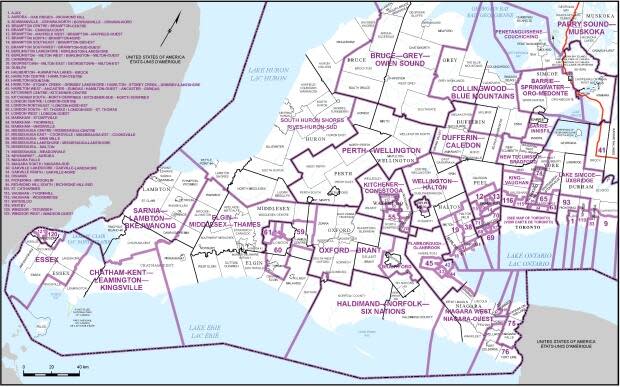
The proposed changes would add one more riding for Ontario in the House of Commons, bringing the total to 122. Locally, the highlights include:
In Windsor—Tecumseh, the town of Tecumseh will be split at Highway 401. The most populated areas would remain in Windsor-Tecumseh, while Oldcastle and Maidstone move to the Essex riding.
Kingsville and Ruthven, which were part of the Essex riding, will become part of the Chatham-Kent-Leamington Riding, which would be renamed Chatham-Kent—Leamington—Kingsville.
The east side of Chatham-Kent would then become part of a large rural riding, Elgin—Middlesex—Thames. It starts at Kent Bridge Road, and extends around the far sides of London and St. Thomas.
Both Lambton County and Chatham-Kent would be spread across three ridings instead of two each.
The westernmost parts of the city of Windsor would become part of the Essex riding instead of Windsor West.
The commission has released an interactive map of the changes here.
Why are the boundaries being redrawn?
The Federal Electoral Boundaries Commission of Ontario is a non-partisan panel of three. They review the boundaries after every second census so that changes in population and settlement patterns don't result in big discrepancies in the number of people in each riding.
As of the 2021 census, Ontario had 14.2 million people, up nearly 1.4 million since 2011. Divided up among 122 federal ridings, the quota for each riding is 116,590.
Lydia Miljan, a University of Windsor political science professor, said that making the population of each riding roughly the same was clearly the top consideration for the commission drawing the lines.
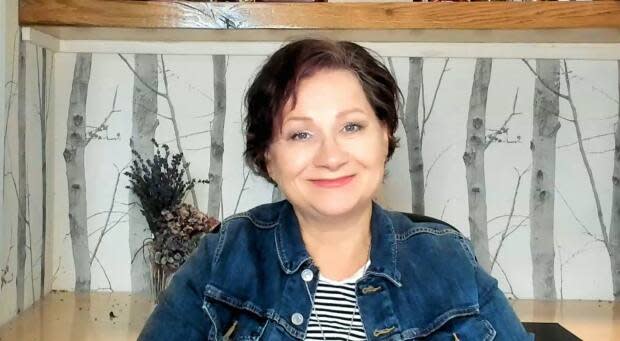
"The rationale makes some sense," she said. "By carving it up this way — albeit awkwardly — it puts them all in the 120,000 range," she said.
Legislation mandates that each riding get as close to the quota as possible. A secretary for the commission noted in an email to CBC that the panel sought to keep the difference between 10 per cent in either direction.
'Grave disparities'
But equality among the ridings is not the only factor the panel considers. They also look at historical pattens, "communities of interest and identity" and geographic size.
"The commission considered — and respected where possible — the historical pattern of electoral districts," the commission wrote in explaining its proposal. "However, a redrawing of the boundaries was often required in order to rectify the grave disparities from population equality across the province."
Municipal boundaries, they wrote, can't be used for some mid-size and larger municipalities that are bigger than the quota and are expected to grow even more.

Randy Hope, who was an NDP MPP for Chatham-Kent in the early 1990s and was later mayor, takes issue with how the proposed reforms would play out.
"If I was still the mayor today, I'd be screaming, because our community is being divided and sectioned out," he said. "You might say, 'Oh that's great, now I got three [MPs] talking on my behalf.' No, I don't have three. I need one strong voice, and we back that strong voice in carrying the message to the governments of the day."
He said representation by population favours people in large urban centres. He questioned how the politicians are going to do their jobs effectively and meet with the electorate face to face in a wider geographic area.
"If there's a significant project in say, Leamington, and a significant project in Chatham, it's pretty hard to act with both hands out. When you go out with one hand, it's a little bit different," he said.
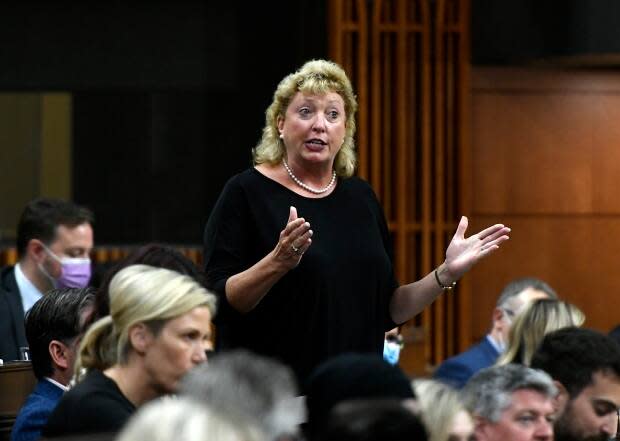
In the Sarnia area, the municipality of Lambton Shores would be added to a riding called South Huron Shores that stretches all the way up to Southhampton at the base of the Bruce Peninsula. Watford Alvinston and the eastern half of Dawn-Euphemia would join the Elgin—Middlesex—Thames riding.
The Sarnia-Lambton riding is slated for an expansion and it would also have Bkejwanong, which refers to Walpole Island, added to its name.
Marilyn Gladu, the Conservative MP who represents the riding, is taking the lead on responding to the boundary proposals for the federal Conservative party as well.
If the changes go through, she will also become responsible for the northwest corner of Chatham-Kent, including Wallaceburg and Dresden.
"It's hard to really understand why they think this is better representation," she said.
She said the population of the riding was already within plus or minus 25 per cent of the new electoral quota, which is the guideline, so she questions why changes are necessary.
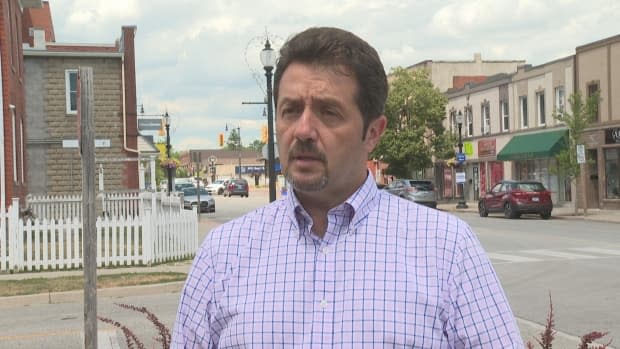
Nelson Santos, the former longtime mayor of Kingsville and a former federal Liberal candidate, says Kingsville has many more ties to the rest of Essex County than to Chatham-Kent.
"I'd hope that any reflection and changes would be beneficial to the community needs. That's always been my approach. I don't see the federal realignments even speaking to that," he said.
Meanwhile, under the proposed new boundaries, the westernmost part of the Windsor would no longer be in Windsor West.
The area south of the E.C. Row Expressway and and west of Huron Church Road would be in the Essex riding.
This includes the Ojibway area, which NDP Brian Masse has spent years lobbying to make into a national urban park.

He says, however, that the park project is just as important for people who live in the immediate area as those in the region as a whole and whoever represents the riding would serve the whole region and the country.
"It's kind of like when we look at the Detroit River and the Great Lakes is that the fish don't understand boundaries, neither do they endangered species," he said.
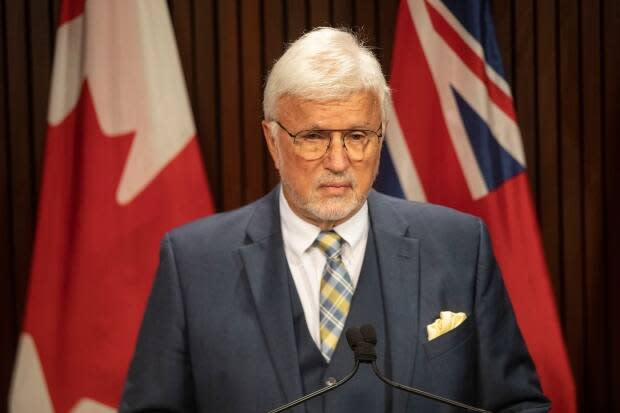
Rick Nicholls represented Chatham-Kent—Leamington provincially until the June election. He is disappointed communities such as Ridgetown, Highgate and Morpeth are being removed from the riding, and being added on to a riding that stretches to Aylmer and Port Burwell, under the proposed changes.
Nicholls says the bottom line for anyone planning to run in elections starting in 2024 is to start getting acquainted with these maps — and the people who live in the new ridings.
"The MPs and the MPPs better start knocking on doors real early, especially in those newer areas where they say people say you're not my MP or MPP," he said.
What does it mean provincially?
In southern Ontario, the federal and provincial electoral boundaries are currently the same. But that doesn't necessarily mean that your provincial riding will change automatically when the new federal boundaries are passed.
A spokesperson for Elections Ontario said that while the last rejig of the provincial ridings took place in 2013 following the federal redistribution, any changes need to be passed by the Ontario legislature, and there is no legislation in place for a scheduled review.
"Electoral district boundaries in southern Ontario will therefore remain unchanged provincially until legislation has passed," the spokesperson said.
Virtual and in-person meetings on the boundary changes are being held next month, though the closest session to Windsor is in London on Oct. 24.
More information is available on the commission's website.


